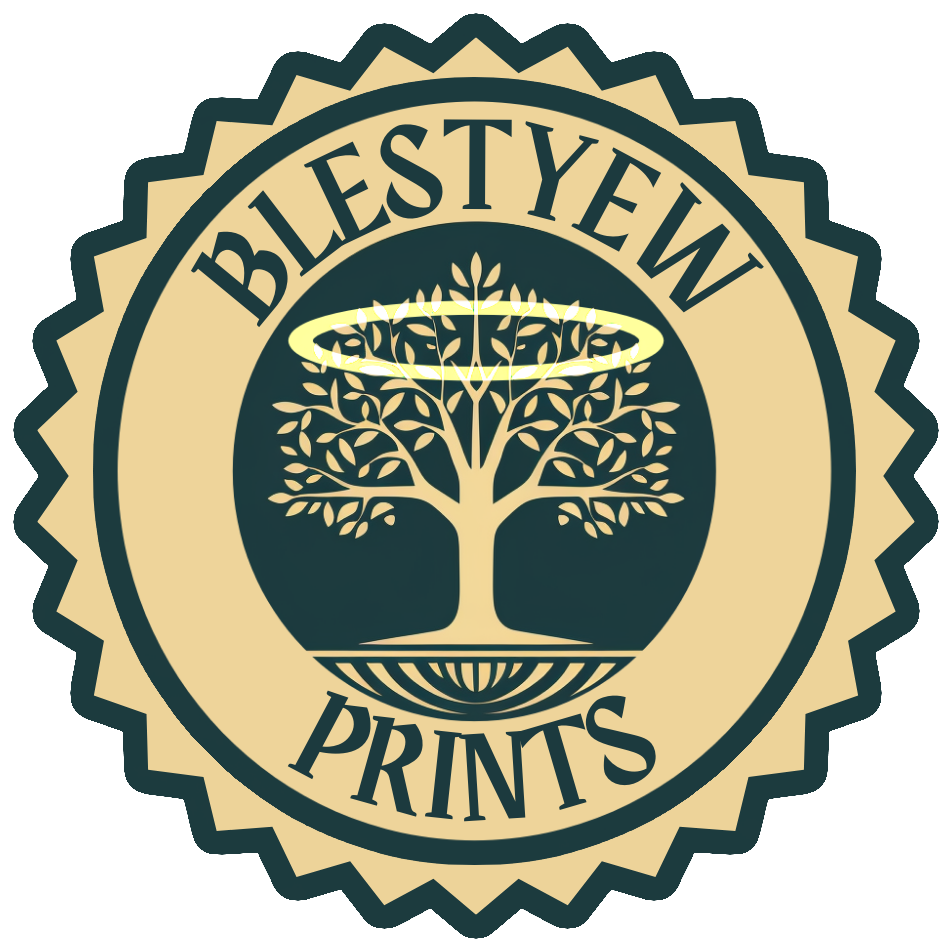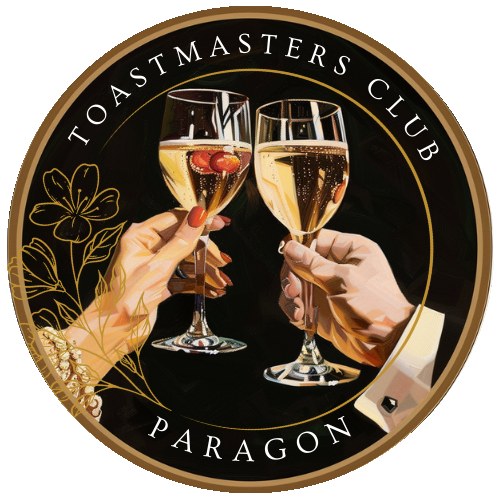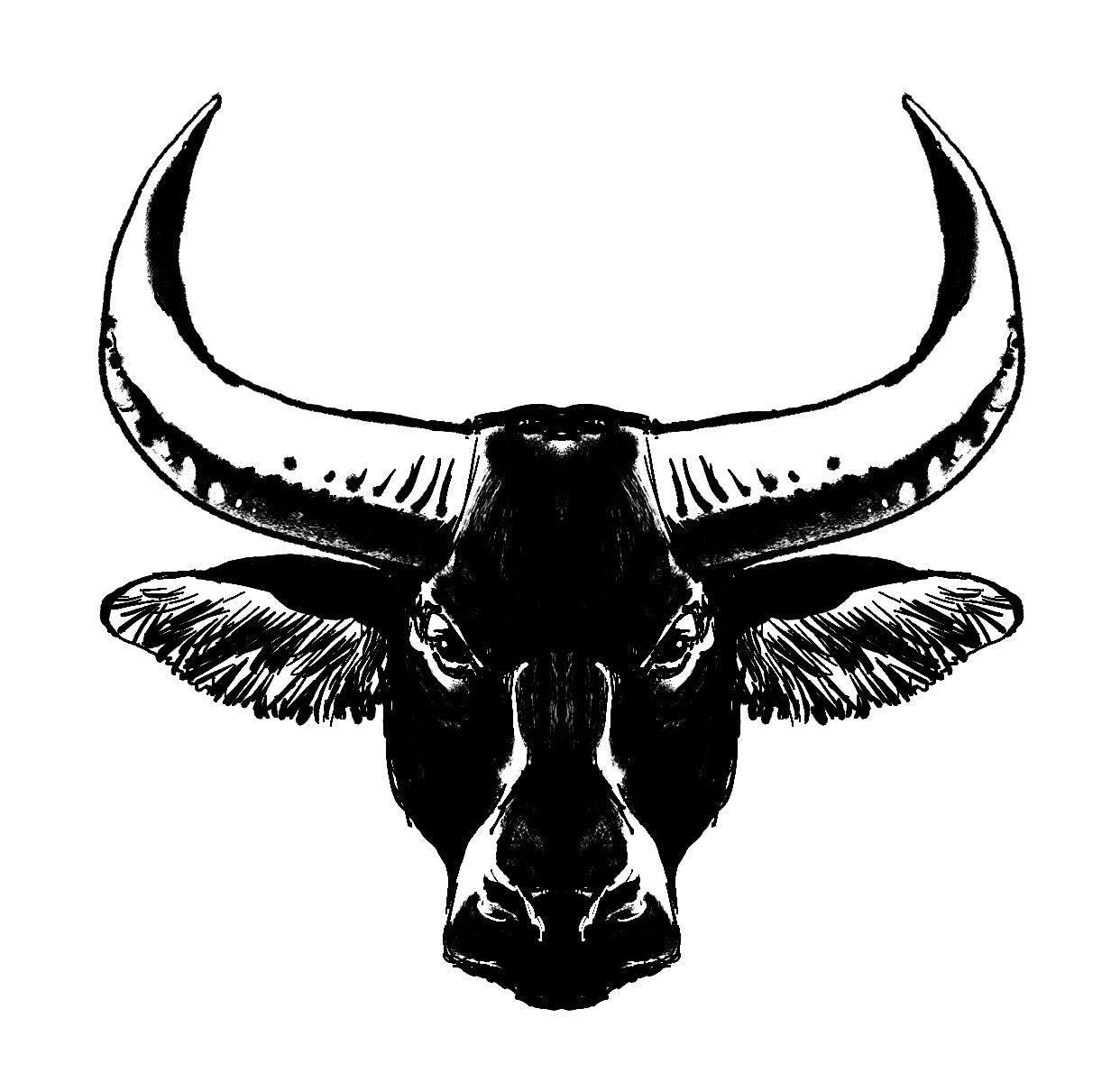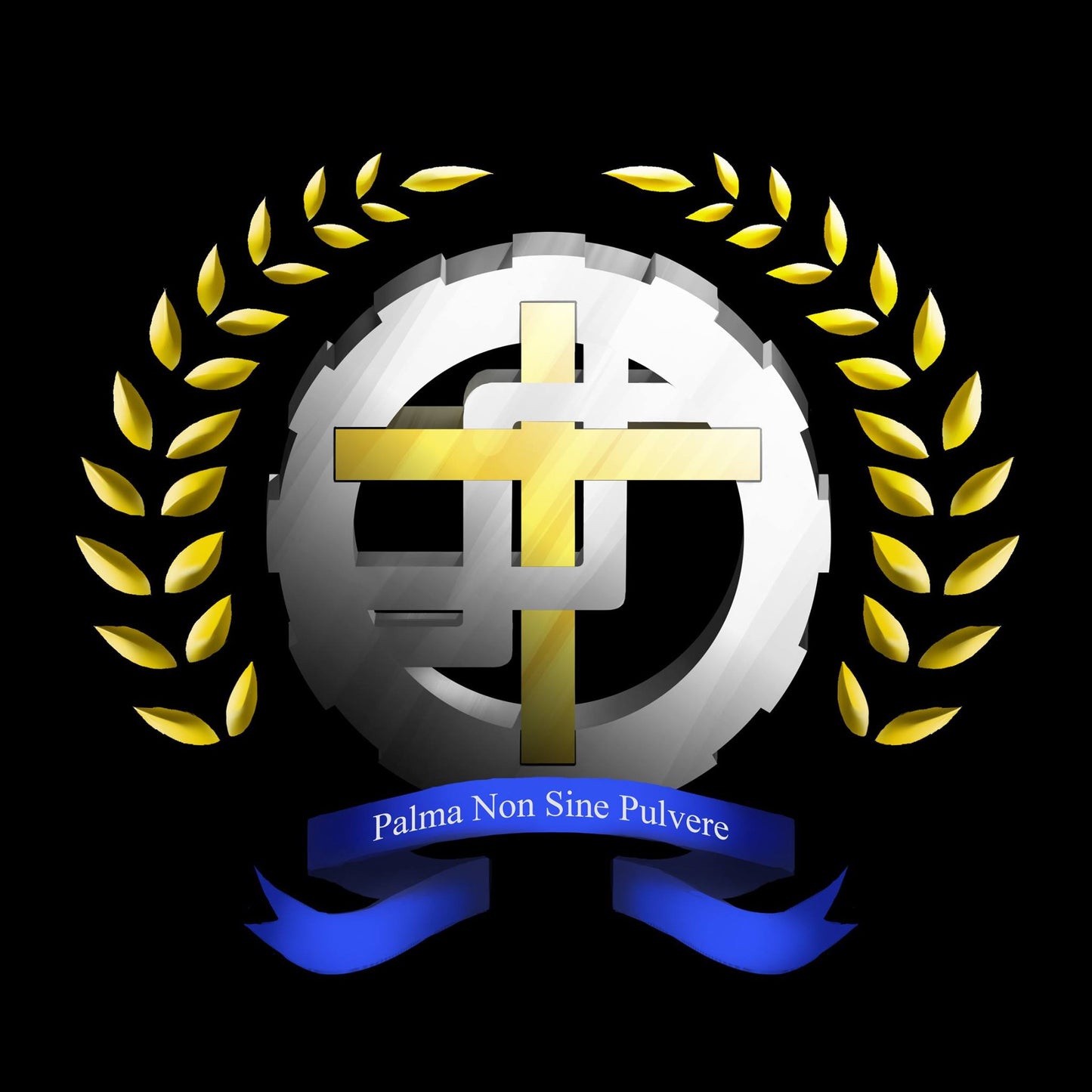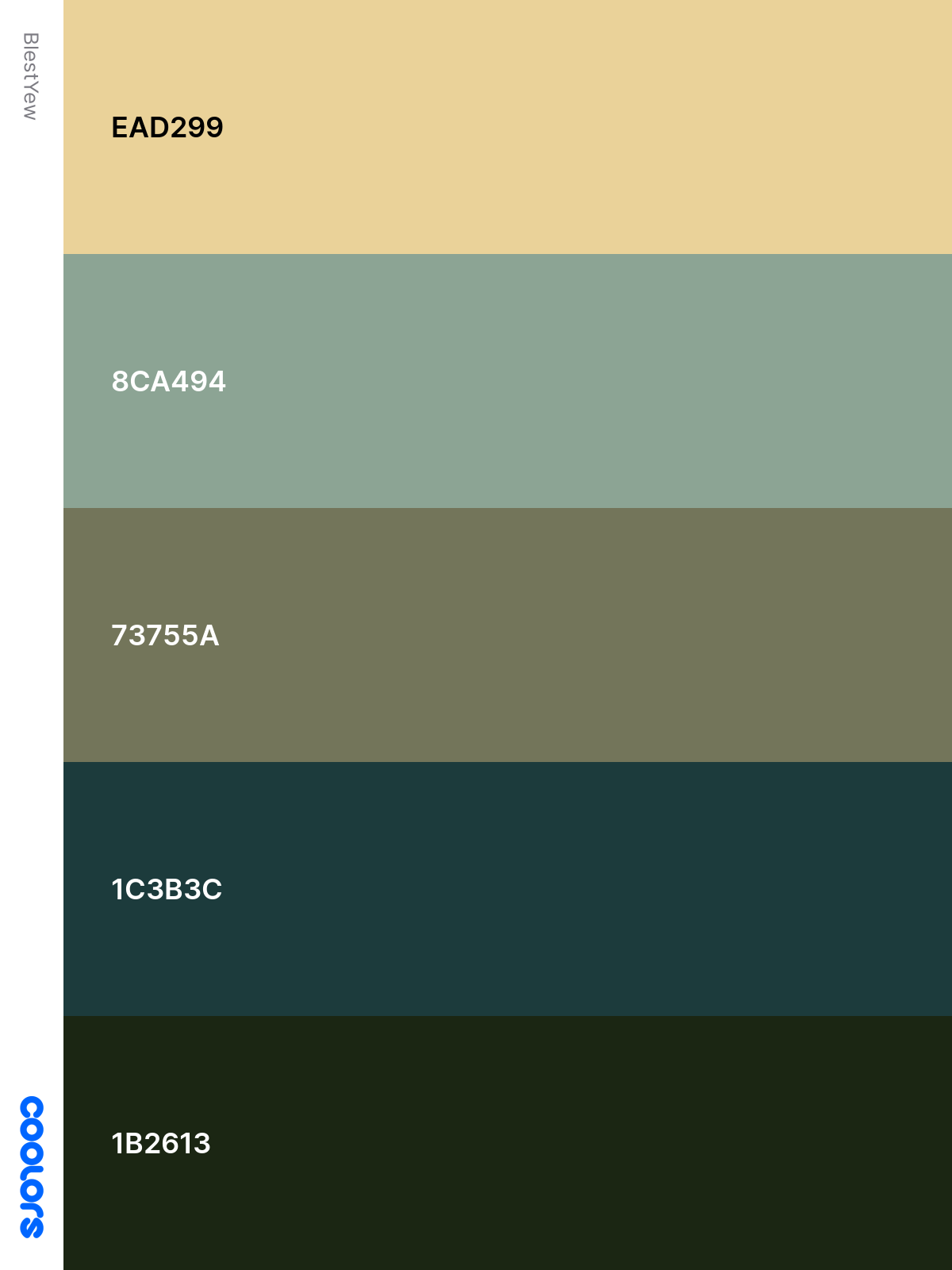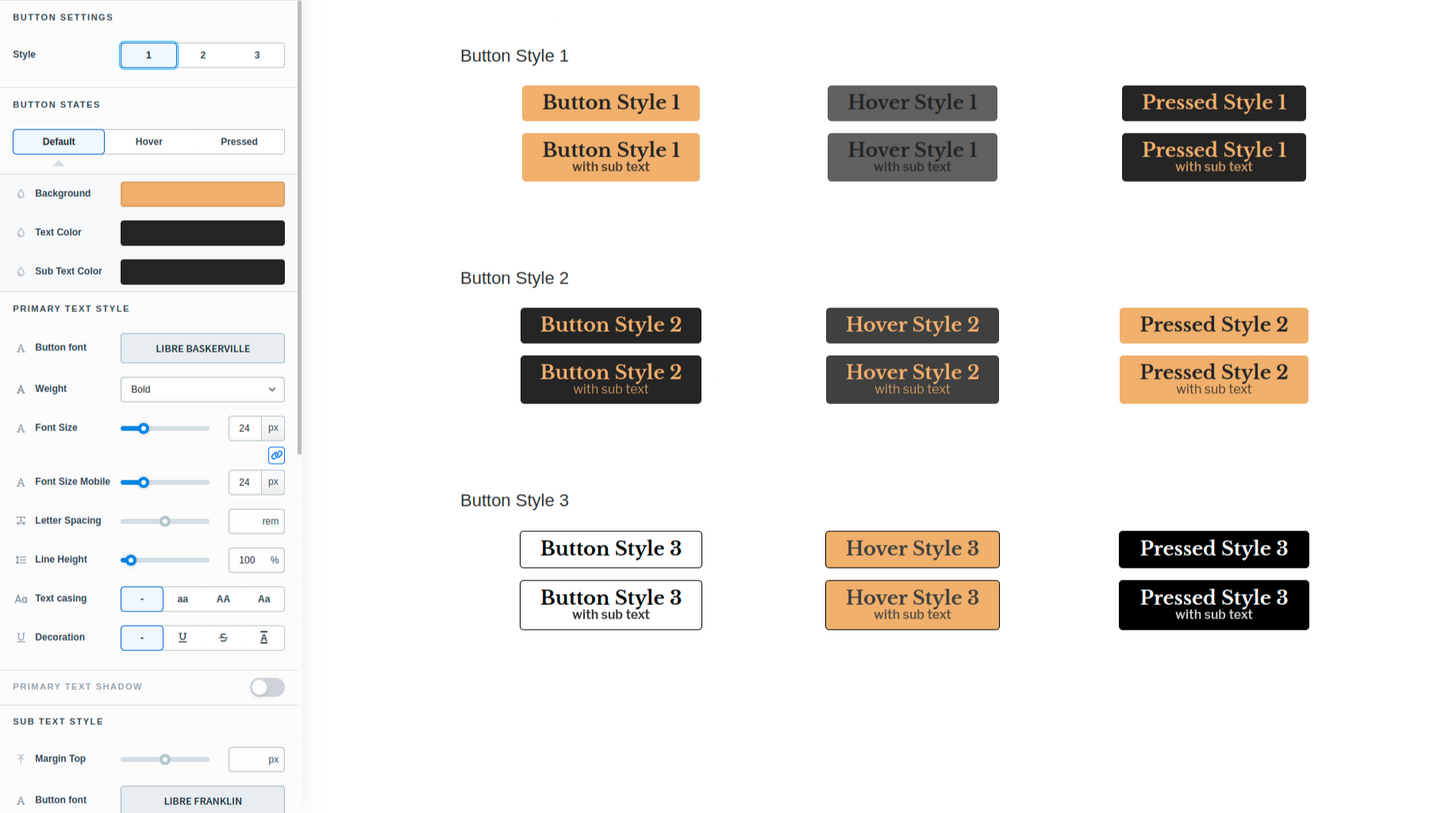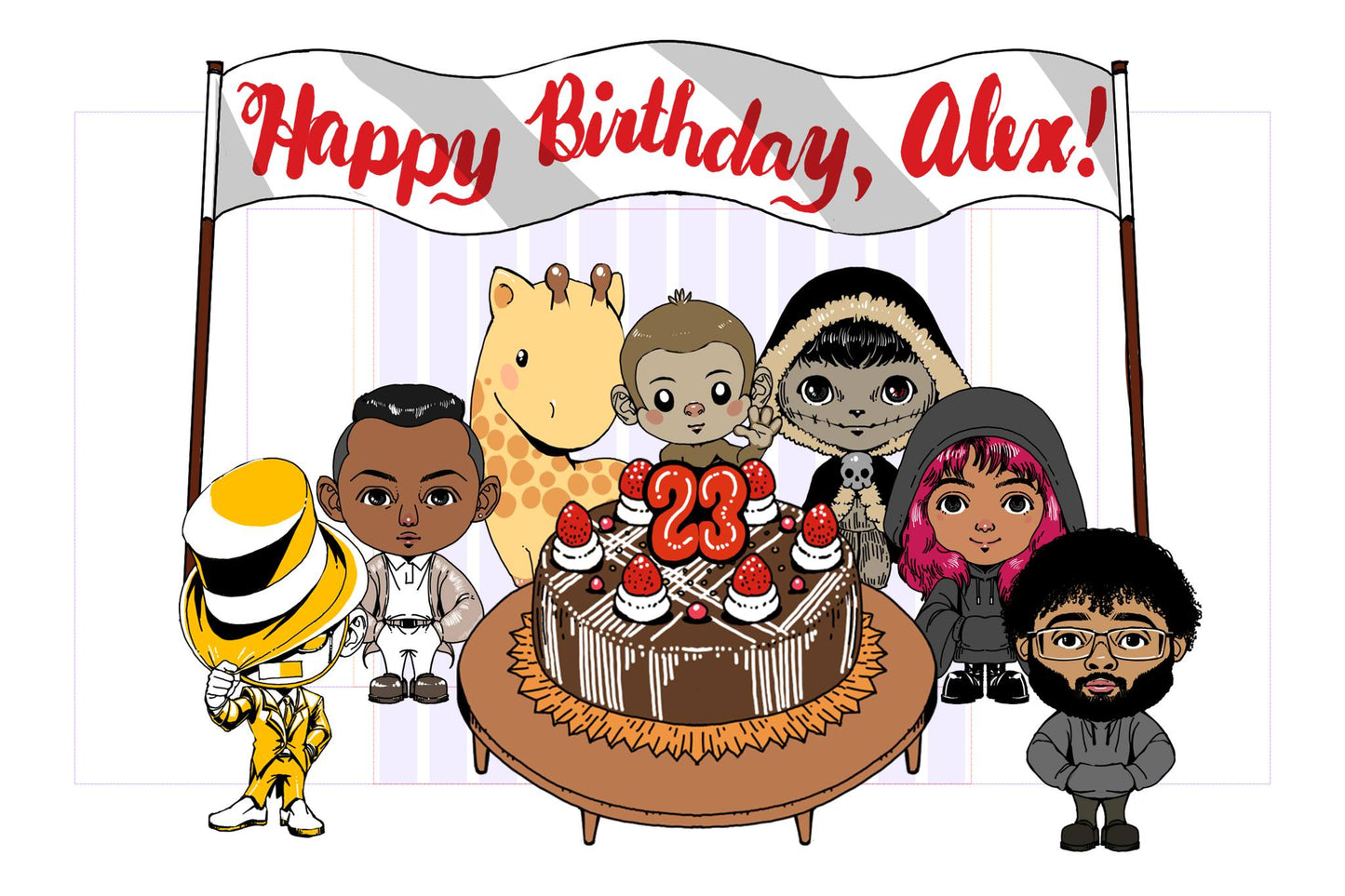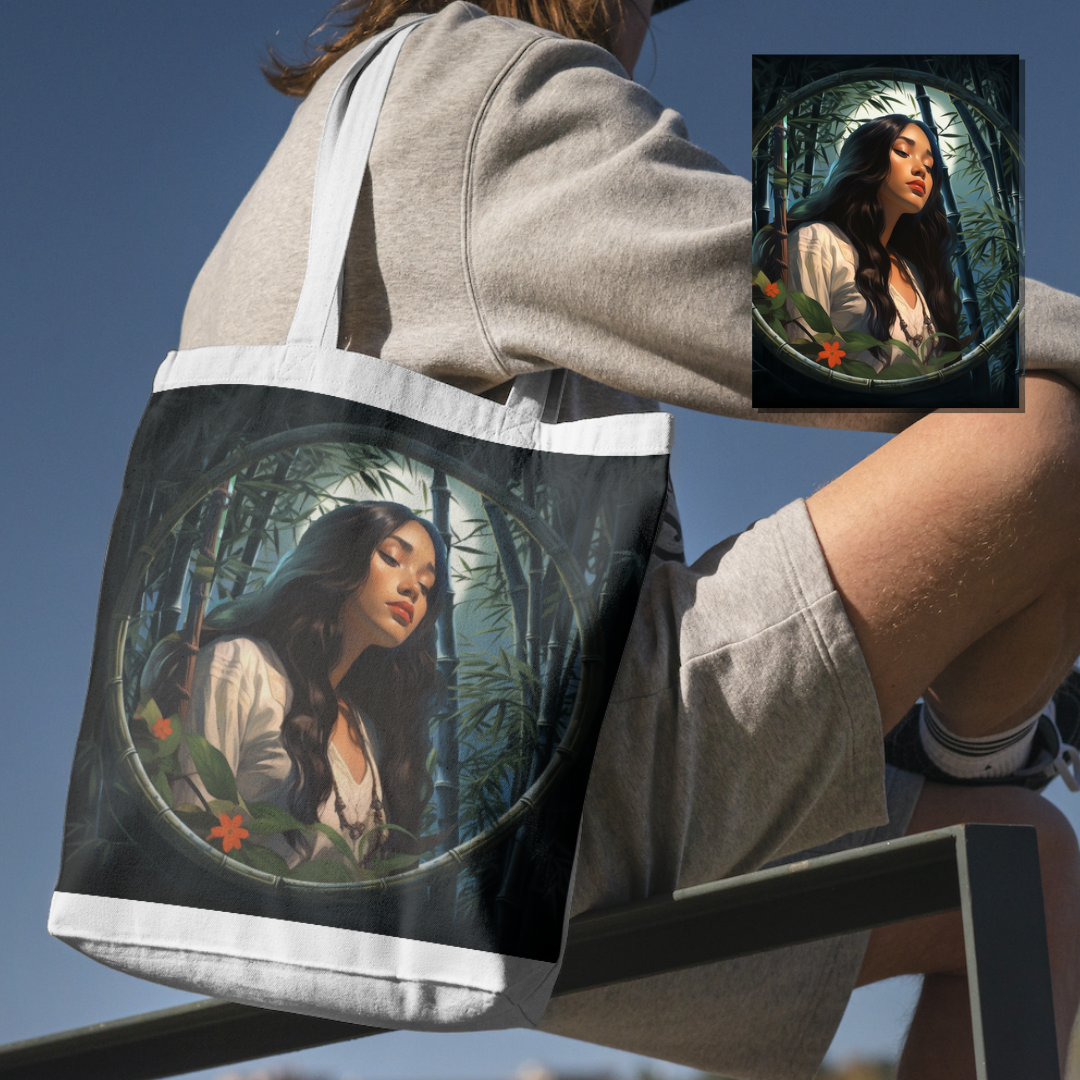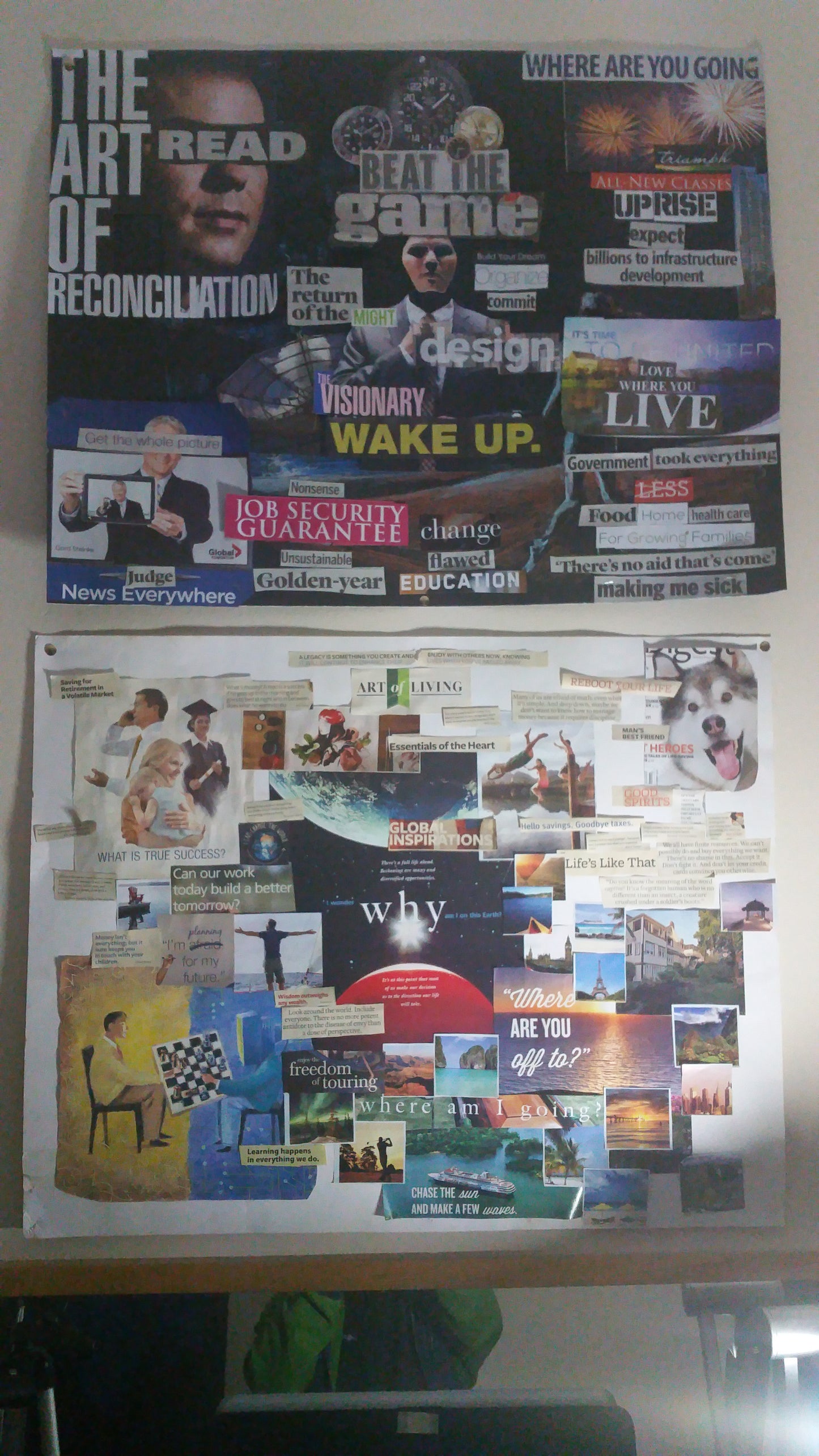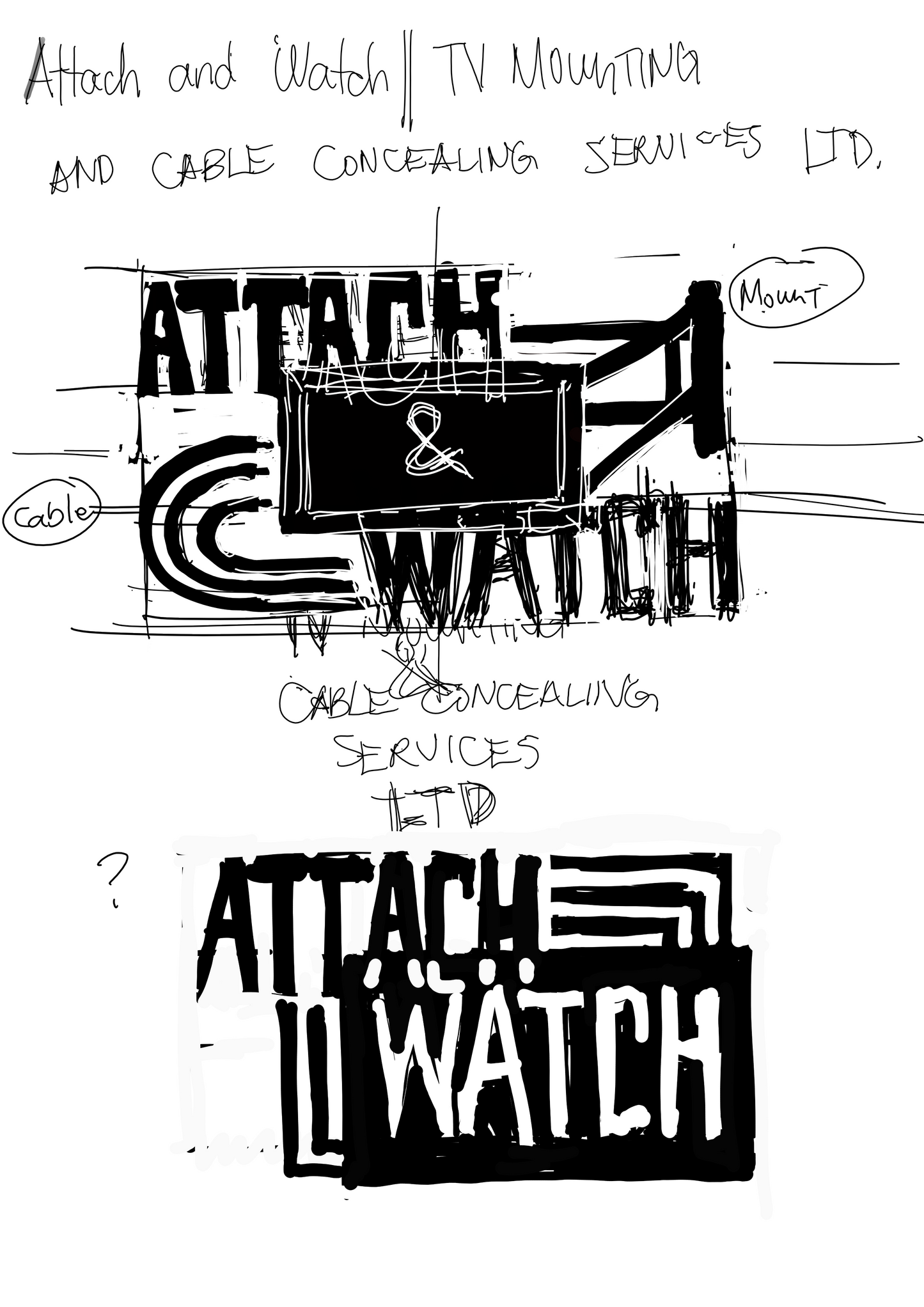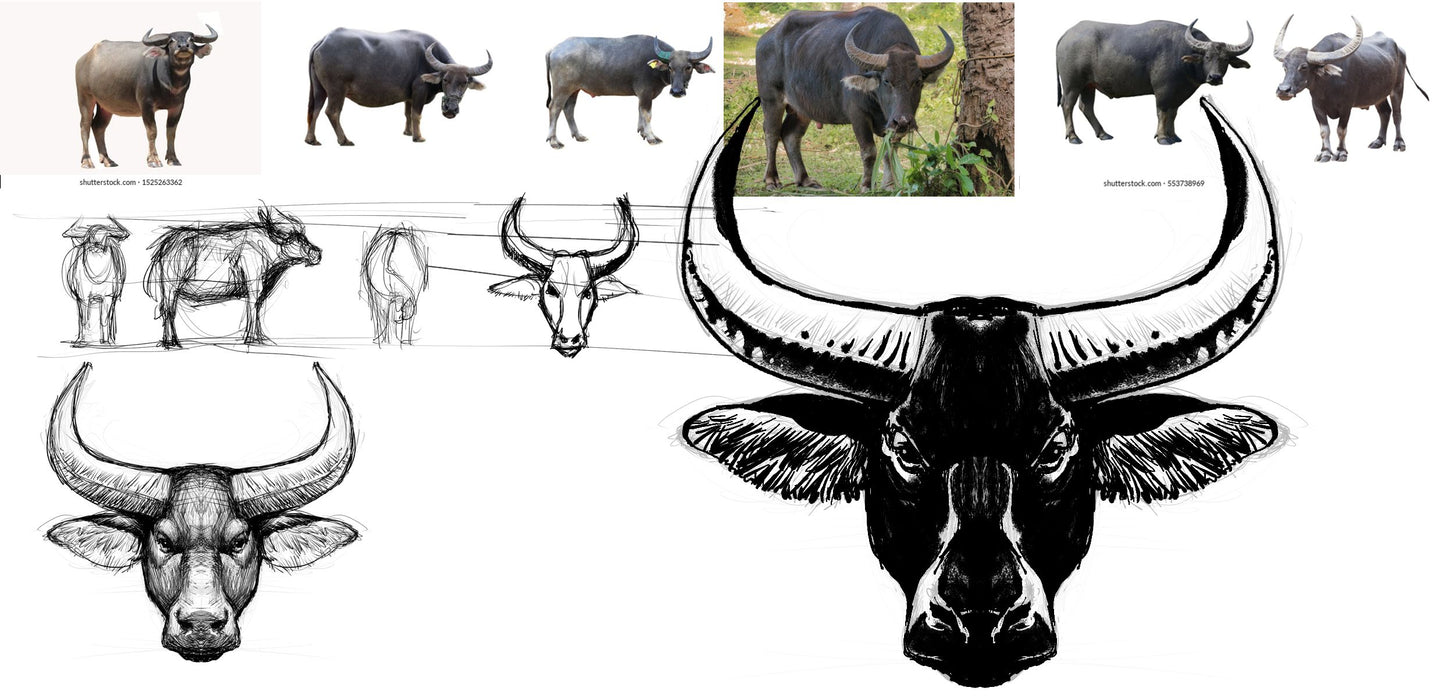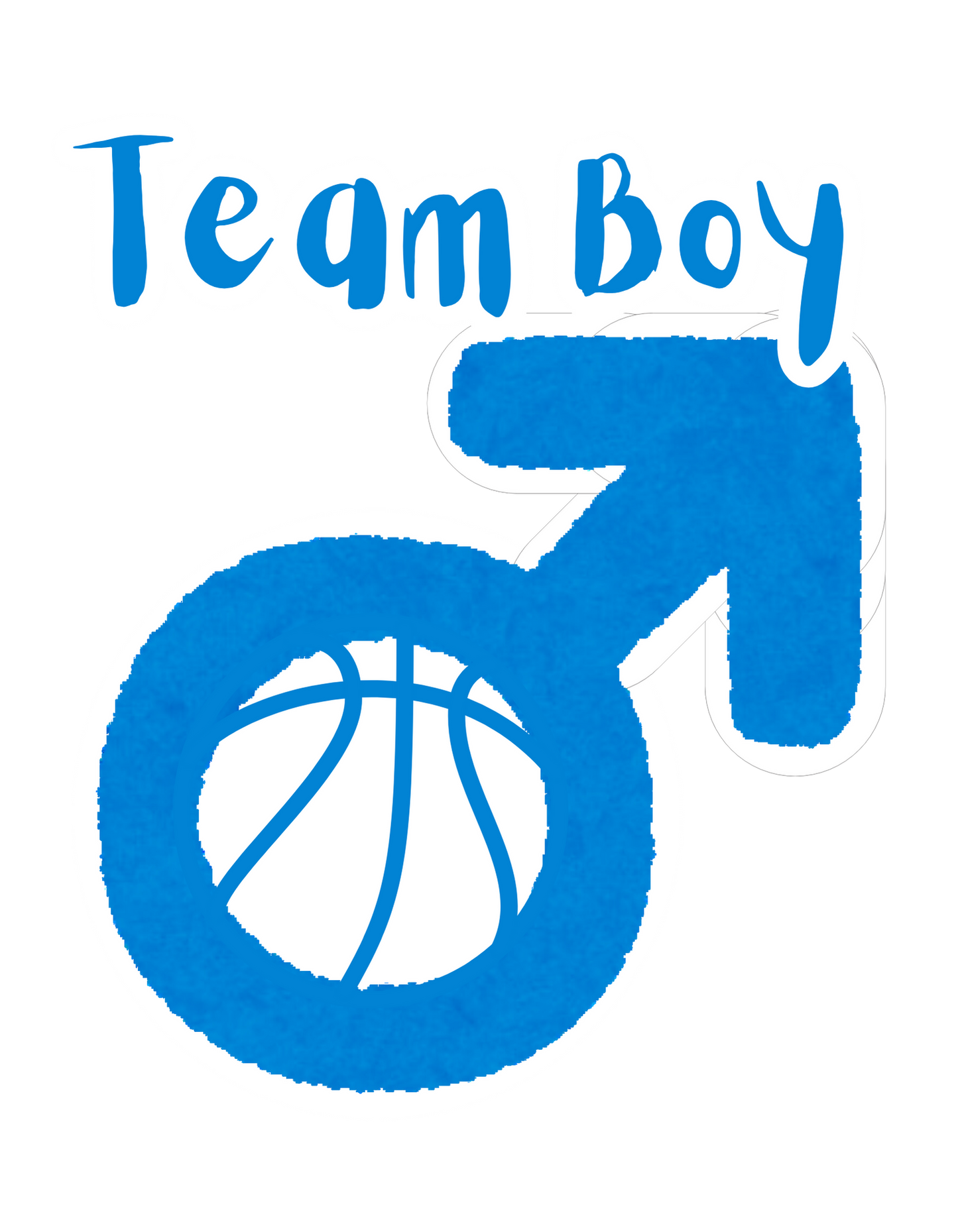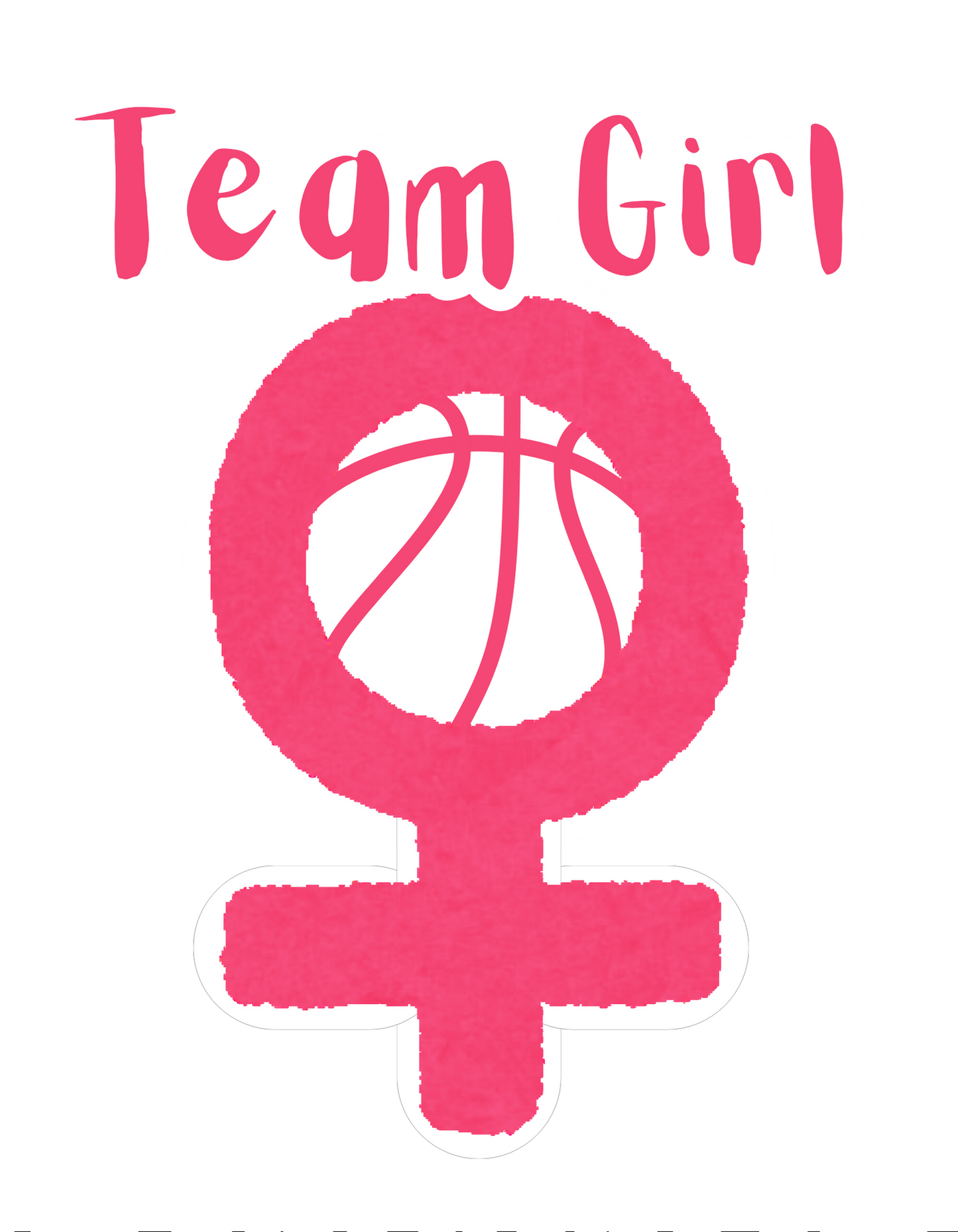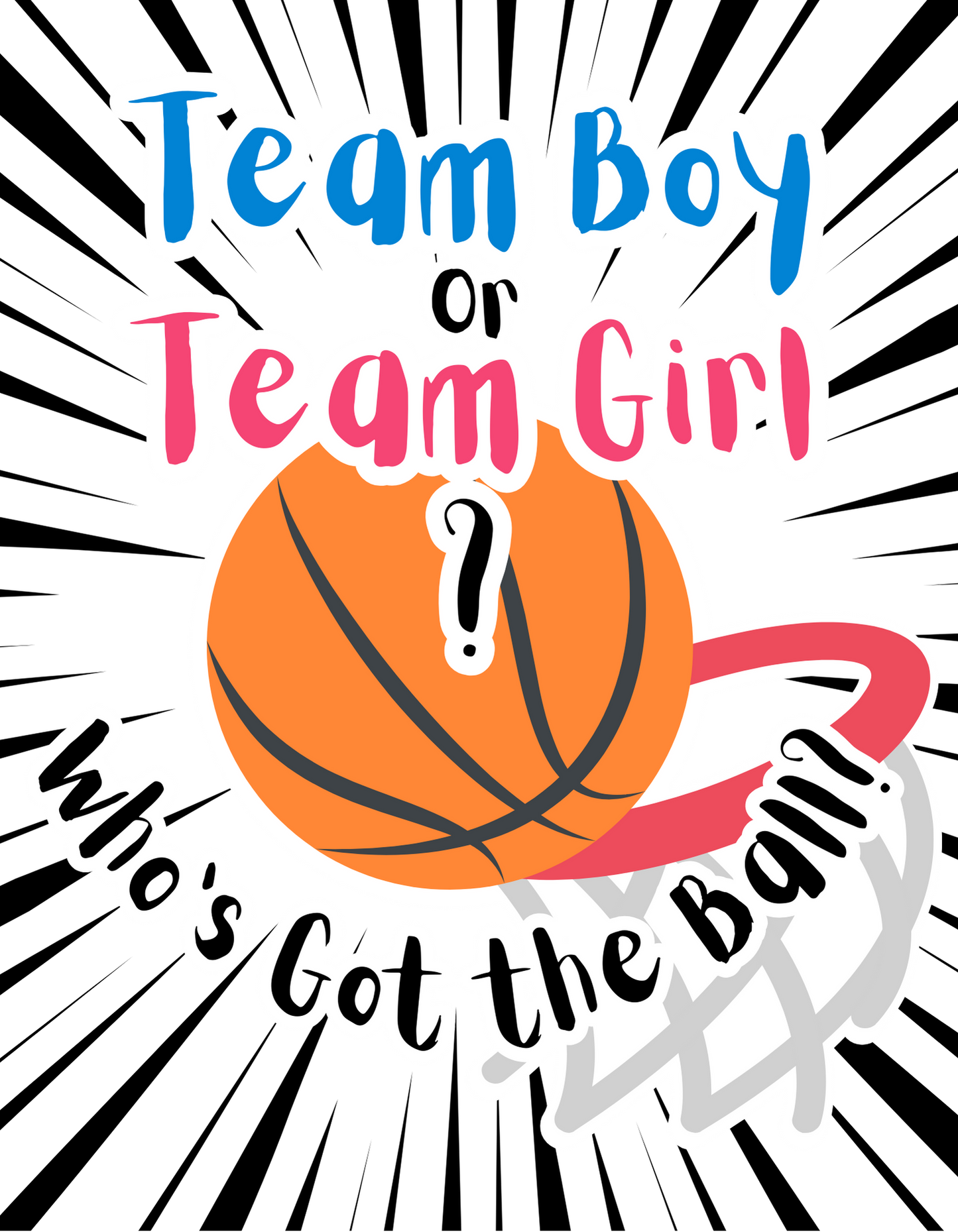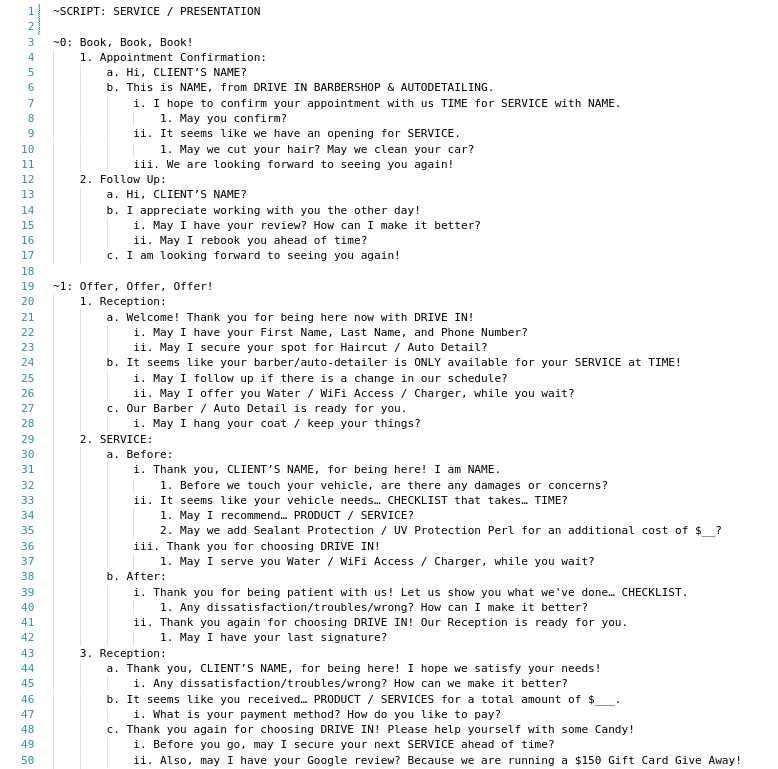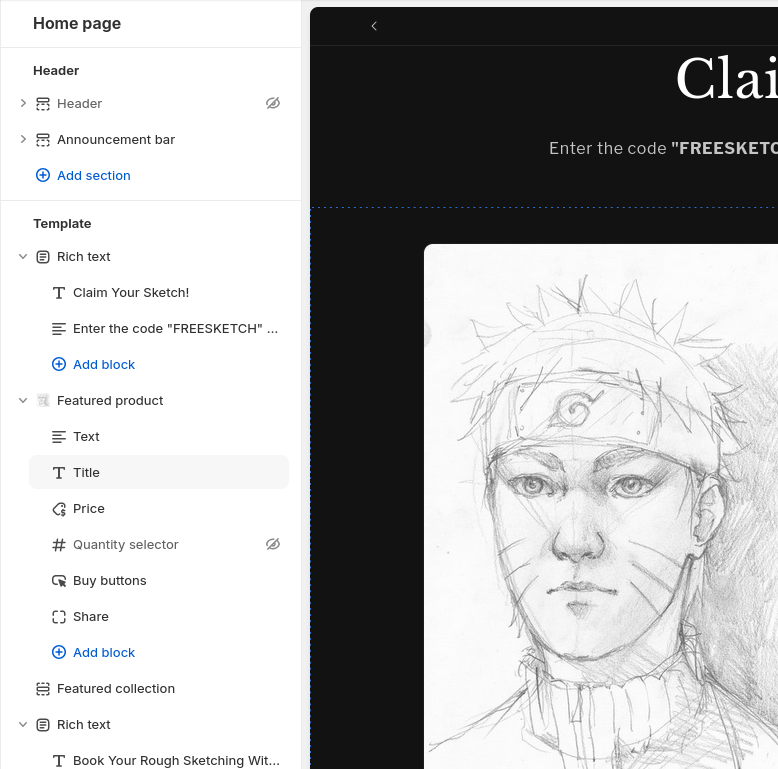Ariel Jr. Casapao, Creative Director
Branding Designs
Branding Designs
Couldn't load pickup availability
What is Branding Design?
Branding Design is the creative process that shapes how a brand presents itself to the world. It involves establishing the brand’s identity, voice, and visual elements, ensuring consistency across all touchpoints, from logos and websites to messaging and social media presence. Branding Design incorporates three main components: Branding Formation, Copywriting, and Graphics/Web Design.
- Branding Formation establishes the brand’s core identity, including its values, mission, target audience, and unique selling points (USPs).
- Copywriting develops the brand's voice and messaging, shaping how it communicates with its audience and reflects its personality.
- Graphics and Web Design craft the visual experience, creating memorable visuals like logos, color palettes, typography, and website layouts that resonate with the brand’s essence.
Why is Branding Design Important?
Effective Branding Design helps build a recognizable, trustworthy, and appealing brand. It supports a brand’s purpose and differentiates it in a competitive market. Branding Design is crucial for the following reasons:
- For Building Recognition: Consistent branding across all platforms makes a brand easily recognizable and memorable to its audience.
- For Establishing Trust: A cohesive, professional brand design creates credibility and fosters trust with potential customers.
- For Connecting with the Target Audience: The right branding resonates with a specific audience, making them more likely to engage with and remain loyal to the brand.
- For Streamlining Marketing Efforts: Clear branding simplifies marketing strategies, ensuring that all content aligns with the brand’s goals, values, and personality.
How is Graphic Design for Branding Created?
Please send your Descriptions at arielccjr@creativedirecting.studio to start collaboration.
-
Research and Discovery:
- Understanding the Brand
- Researching the Market
- Identifying Key Values
-
Brainstorming and Ideation:
- Sketching Initial Ideas
- Creating Mood Boards: (images, colors, and fonts)
- Exploring Color Palettes
-
Developing Rough Concepts:
- Drafting Logo and Poster Concepts
- Testing Different Styles
- Considering Versatility
- Drafting Logo and Poster Concepts
-
Refining the Concept:
- Feedback and Iteration
- Simplifying and Polishing
- Testing for Scalability
-
Finalizing the Design:
- Choosing Final Colors, Fonts, and Layouts
- Creating Digital Assets
- Preparing Brand Guidelines
-
Delivery and Implementation:
- Handoff to Clients or Production Teams
- Ongoing Adjustments (for continuing services)
Share


